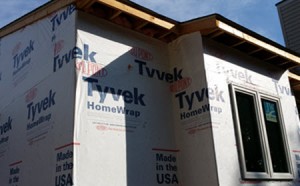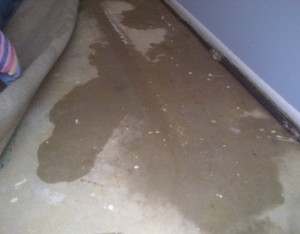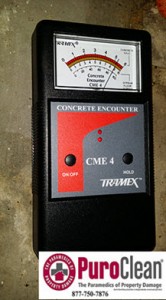[vc_row][vc_column width=”1/3″][vc_column_text]



[/vc_column_text][/vc_column][vc_column width=”2/3″][vc_column_text]Concrete is a most amazing building material!
Measured by tonnage, it’s the most common man-made building material used in construction today. Invented by the ancient Romans, concrete was used to create buildings throughout the Roman Empire – even in the Colosseum and the dome of the Pantheon.
Construction concrete is an aggregate of materials containing cement, stones, sand, and other materials mixed with water. Over time, the cement in the aggregate reacts chemically with the water and other ingredients to form a hard matrix binding all the materials together into a durable stone-like material.
[/vc_column_text][vc_column_text]But the operant word here is time.
Concrete poured in new construction takes a minimum of 28 days to cure and achieve 90% of its final strength. During that time, the cement in concrete must stay wet and under controlled temperature.
If it dries too quickly, the finished concrete won’t have the strength to support the building and will shrink and crack. To prevent that, foundations made from concrete in new construction are either sprayed with water, or “pooled,” that is, submerged in water during the 28 days of curing. Once the 28 day curing process is complete, the pooled water is simply pumped out and drained away.
The problem with wet concrete in new construction starts at this point.[/vc_column_text][/vc_column][/vc_row][vc_row][vc_column][vc_column_text]The concrete conundrum in construction is that newly cured concrete takes between 184 to 258 days to dry – that’s 6 to 8 months! And this is only if the concrete has a vapor retarder or barrier underneath it, and doesn’t get wet again during construction or from a flood. If it does, then the drying clock starts all over!
Let’s face it: Not many contractors are willing to wait that long to complete construction!
Once cured, construction contractors, hurrying to meet deadlines, quickly build the frame on the wet concrete foundation. The buildings are then sealed with Tyvek for energy efficiency – trapping all the moisture released from the drying concrete into the ambient environment of the closed building space.
However, by hurrying through the process and not allowing the time for drying, contractors unknowingly put homeowners at risk for mold exposure after new construction.
While mold won’t grow on the concrete, it will grow on the surrounding building materials containing cellulose or other organic materials.
Over time, the moisture in concrete condenses and gets transferred to other materials. Any kind of moisture can ruin carpeting, drywall, and framing. The condensation in a new basement foundation can even buckle hardwood flooring on the level above and spawn harmful mold growth as the moisture is released throughout the home.[/vc_column_text][/vc_column][/vc_row][vc_row][vc_column width=”1/3″][vc_column_text]

[/vc_column_text][/vc_column][vc_column width=”2/3″][vc_column_text]
But there are solutions to prevent mold after new construction!
The first step is to determine the level of humidity with special meters designed specifically for measuring moisture in concrete.
Once the level of saturation is determined, we can calculate how long it will take to reduce the relative humidity in the new concrete.
The goal is to get it to 72% or below. To do this we use specialized drying techniques.
We create “humidity chambers” to trap the moisture as it is released from the concrete.
Then, we use air movement and desiccant dehumidifiers to pull the moisture from the concrete while controlling the temperature.
Creating a humidity chamber has the added benefit of containing the drying process so it won’t over-dry the wood used in new construction and cause it to shrink.
The chamber stays in place until the concrete reaches equilibrium.
This technique is so successful, we can speed up the drying process dramatically.[/vc_column_text][/vc_column][/vc_row][vc_row][vc_column][vc_column_text]
Our business exists to solve problems.
Sometimes it’s for homeowners.
Sometimes it’s for contractors who need help to prevent mold growth after new construction when concrete needs specialized drying.
If you have questions about mold removal after new construction, call 877-750-7876
[/vc_column_text][/vc_column][/vc_row]

Pingback: How to Find a Low-Mold Home - The Meaningful Bits of Life